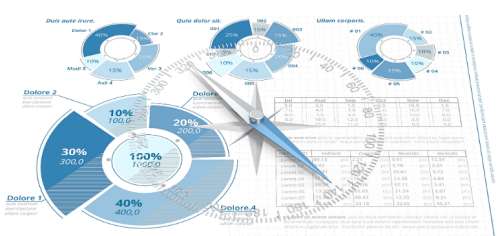
Valuation formulae for different valuation methods are fairly simple, but this also means that values can be engineered to achieve a desired outcome. Any valuation outcome, however, needs to be credible to be accepted by a willing buyer and a willing seller.
Assumptions on which valuation calculations are based can be subjective, so care needs to be taken to ensure that they are supported by reasonable arguments and facts. A good valuation report will detail these to explain how the final value was calculated.
There are various components in each valuation and specifically when using the income approach, one needs to understand the medium-term expectation, risk profile and long-term outlook. The best foundation on which arguments can be built is a close connection to the past, as the past results are proof of a business’ ability to repeat a similar performance in the future.
Medium-term expectations are based on the company’s ability to generate profits and ultimately cash flows in the forecast period. Past trends, within a context of the trading conditions at the time, provide a credible basis for the forecast. These trends and indicators can include growth, cost correlation to revenue, gross margins, operating margins, capital expenditure re-investment, working capital cycles, the working capital profile, etc. When the past trends are extrapolated to forecast earnings and cash flows, it displays continuity in the cash generation profile and builds credibility into the assumptions. Trends can be changed in the forecast, but the more inconsistent the forecast is with the past, the more explanations are required to give the assumptions credibility.
The risk profile determines the discount rate, which in turn reflects what the investors require as a return for risk being taken. It needs to be understood within the current trading environment as well as within circumstances specific to the company. The assumptions on which the discount rate is based need to be anchored in goals that are achievable in the future and should be consistent with the past.
Lastly the long-term growth outlook is not only a function of the trading environment, but also the ability of the company to operate and flourish in a sustainable manner. Past growth, especially when considered in combination with past trading environments indicates the company’s ability to grow sustainably in the future and gives credibility to the assumptions on which the long-term growth outlook is based.
Any reasonable valuation needs to be supported by realistic assumptions and arguments. The key principle in determining what the future will look like with confidence is to let the past guide you, in return, this will create more certainty for the investor and ultimately a support a credible valuation.





